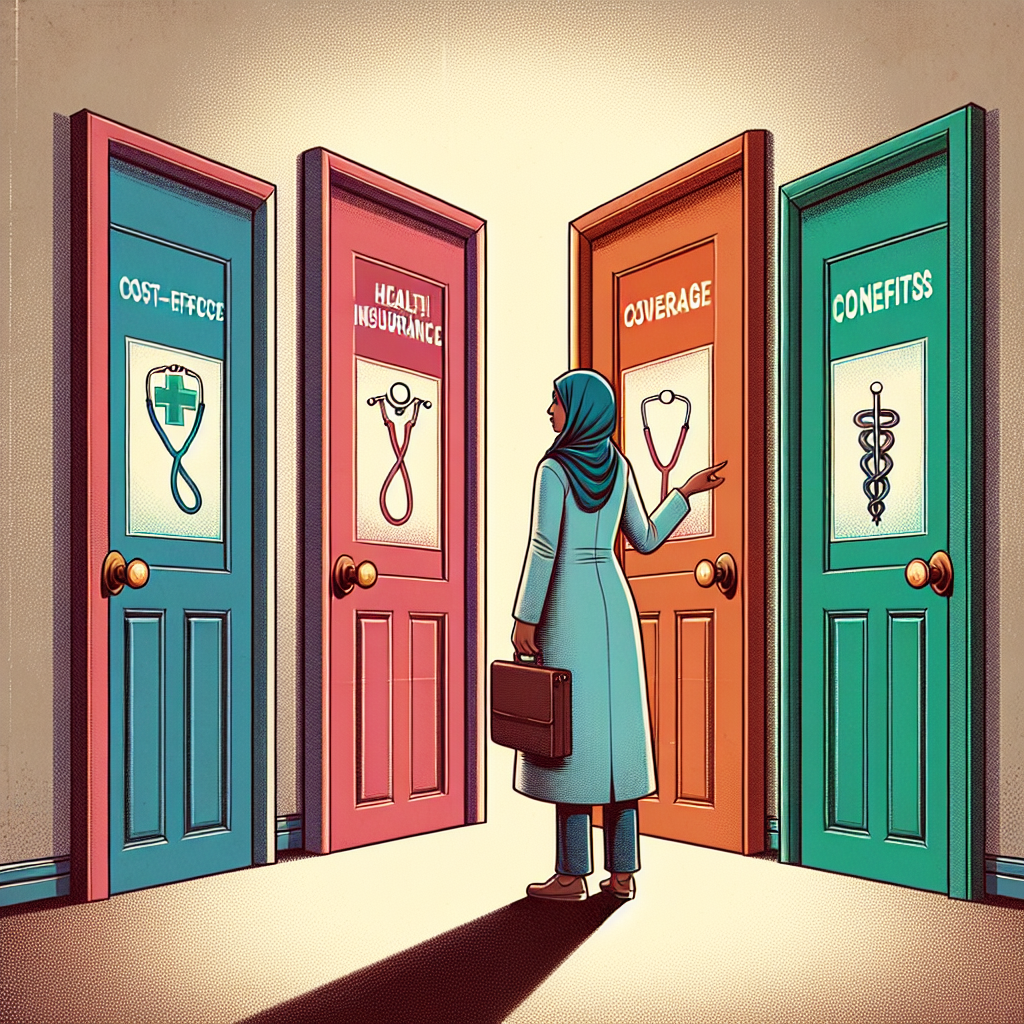Filed under Health Insurance on
Bridging the Gap in Health Insurance Coverage

In today’s rapidly evolving healthcare landscape, bridging the gap in health insurance coverage is more crucial than ever. Millions of individuals face challenges in securing adequate insurance, leading to significant financial and health-related consequences. This comprehensive guide explores the issues surrounding health insurance gaps and examines potential solutions to ensure equitable access for all.
Understanding Health Insurance Coverage Gaps
Health insurance coverage gaps occur when individuals temporarily or permanently lose their insurance, leaving them vulnerable to medical expenses. These gaps often arise from job transitions, financial difficulties, or eligibility changes in government programs.
Reasons for Coverage Gaps
- Employment changes: A significant percentage of people obtain insurance through their employers. Job loss or changes can result in a sudden loss of coverage.
- Age-related transitions: Young adults aging out of parental plans and seniors not yet eligible for Medicare often experience lapses in coverage.
- Complexity of enrollment: Navigating the enrollment process for government programs or private insurance can deter individuals, leading to uninsured periods.
The Impact of Health Insurance Gaps
The consequences of health insurance coverage gaps extend beyond the obvious financial strain. Individuals may delay necessary care, opt for less effective treatments, or forgo medical attention altogether.
Consequences for Individuals
- Financial burden: Without insurance, medical bills can quickly accumulate, resulting in significant debt or bankruptcy.
- Health deterioration: Delayed or avoided care can lead to worsening conditions and increased long-term healthcare costs.
- Emotional stress: The anxiety associated with being uninsured can negatively affect mental health, compounding the physical risks.
Broader Societal Effects
- Increased healthcare costs: Uninsured individuals often rely on emergency services, which can drive up costs for healthcare providers and insured patients.
- Reduced workforce productivity: Health issues stemming from lack of coverage can lead to decreased productivity and economic losses.
Strategies for Bridging the Coverage Gap
Addressing the health insurance coverage gap requires a multi-faceted approach involving policy changes, public awareness, and innovative insurance options. Here are some strategies that can help reduce the gap:
Policy Interventions
Policymakers play a crucial role in streamlining insurance access and reducing coverage gaps.
- Expansion of Medicaid: Expanding Medicaid eligibility in states can provide coverage for thousands of low-income individuals.
- Public insurance options: Introducing a public option in marketplaces can offer competitive pricing and more choices to consumers.
- Subsidies and financial assistance: Enhanced subsidies can make health insurance more affordable for middle-income families.
Innovation in Health Insurance Products
Insurance companies can bridge the gap in health insurance coverage by offering innovative solutions that cater to diverse needs.
- Short-term health plans: These plans provide temporary coverage during transitional periods, such as between jobs.
- Catastrophic health insurance: Designed for emergencies, this option is ideal for individuals who require minimal routine care.
- Customizable plans: Offering flexible plans that allow consumers to tailor coverage based on their specific needs can enhance accessibility.
Enhancing Public Awareness
A well-informed public is better equipped to navigate the healthcare system and maintain continuous coverage.
- Healthcare literacy programs: Educating individuals about their options and rights can empower them to make informed decisions.
- Community outreach initiatives: Local initiatives can connect individuals with resources and support systems to facilitate enrollment.
Case Studies: Successful Models for Bridging Coverage Gaps
Examining successful models provides valuable insights into effective strategies for bridging the gap in health insurance coverage.
Massachusetts Health Reform
Often cited as a model for national reform, Massachusetts implemented measures to expand Medicaid and provide state subsidies, significantly reducing the uninsured rate.
Germany’s Insurance System
Germany’s mixed public and private insurance system achieves near-universal coverage through mandated insurance and government subsidies for low-income individuals.
The Future of Health Insurance Coverage
As the healthcare landscape evolves, bridging the gap in health insurance coverage demands continuous innovation and collaboration between policymakers, insurers, and communities.
Embracing Technology
Technological advancements can play a pivotal role in closing the gap by simplifying enrollment processes and enhancing patient engagement through digital platforms.
- Telemedicine services: Offering remote consultations can broaden access to care, particularly for individuals in underserved areas.
- Data-driven insights: Utilizing analytics to identify coverage gaps and tailor solutions can improve policymaking and individual outcomes.
Global Collaborations
Learning from international models and fostering global partnerships can inspire innovative approaches to health insurance reform.
- Cross-country dialogues: Engaging in discussions with countries that have successfully bridged insurance gaps can provide valuable perspectives.
- Collaborative research: Joint efforts in research can accelerate the development of effective insurance solutions.
Bridging the gap in health insurance coverage is an attainable goal with significant benefits for individuals and society as a whole. By prioritizing policy reforms, embracing innovation, and enhancing public understanding, we can work towards a future where everyone has reliable access to the healthcare they need.





